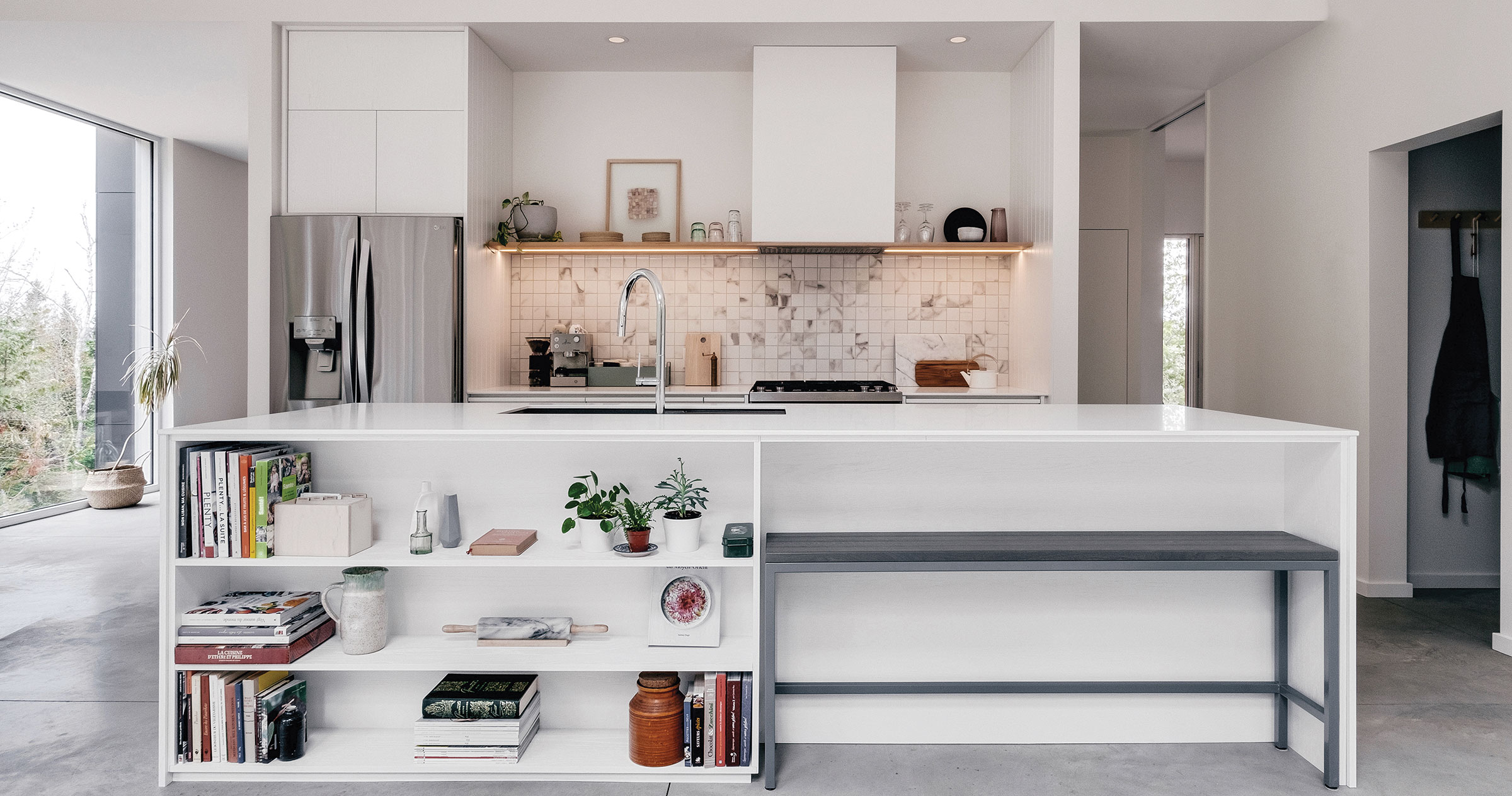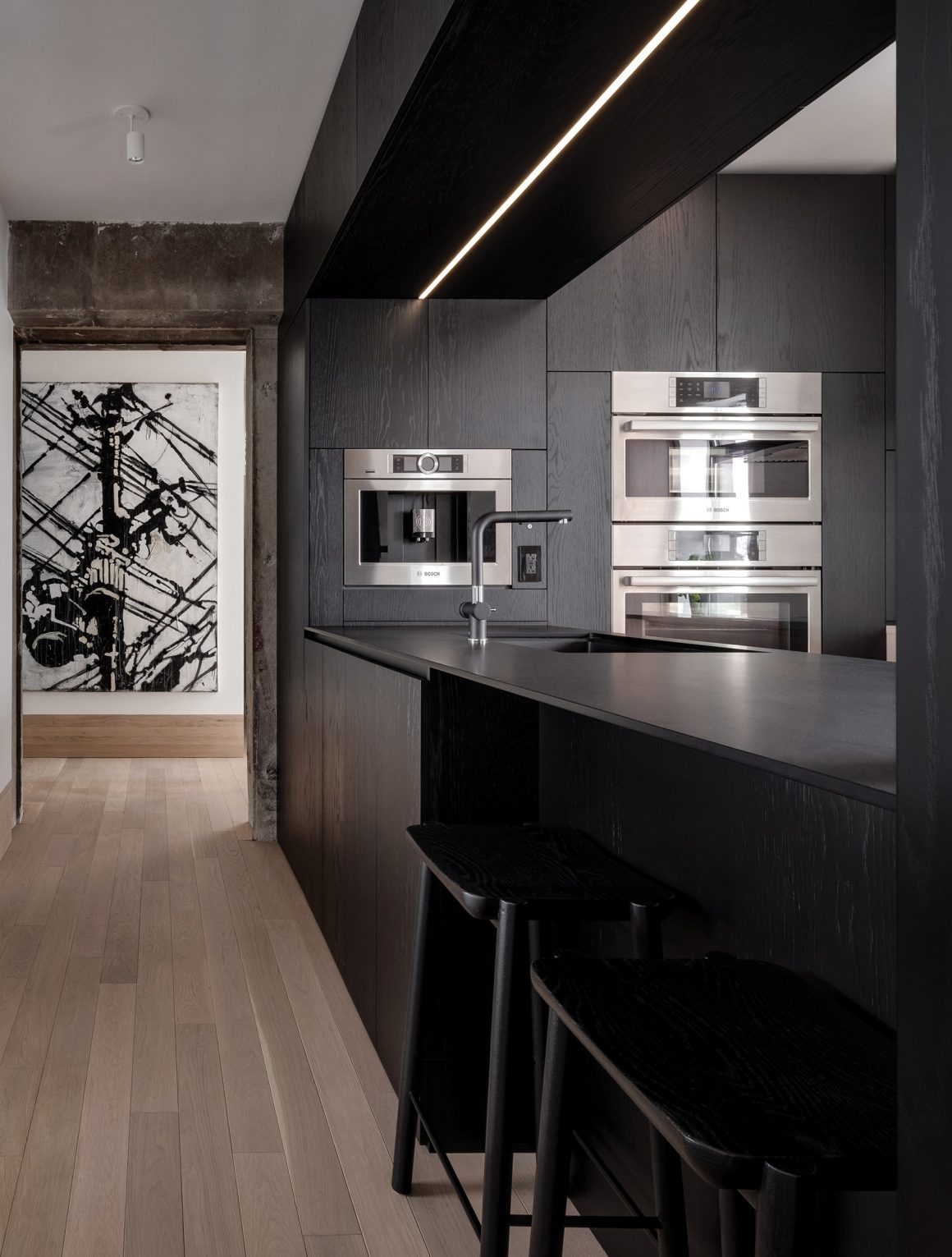
Like all style and fashion, kitchen design evolves. It is constantly changing, advancing, incorporating innovation. Its progression can actually be charted on a timeline, a historical trajectory that plots the milestones in its advancement – from the invention of the icebox and the woodstove with a hinged hotbox that served as the first oven, right up to granite islands, bamboo floors and custom concrete backsplashes. So, what is next?
Some would argue it’s the green kitchen. But what exactly is a green kitchen?
Perhaps the best way to explain it is to say it is more concept than style, more ideology than look and, at its core, simply less.
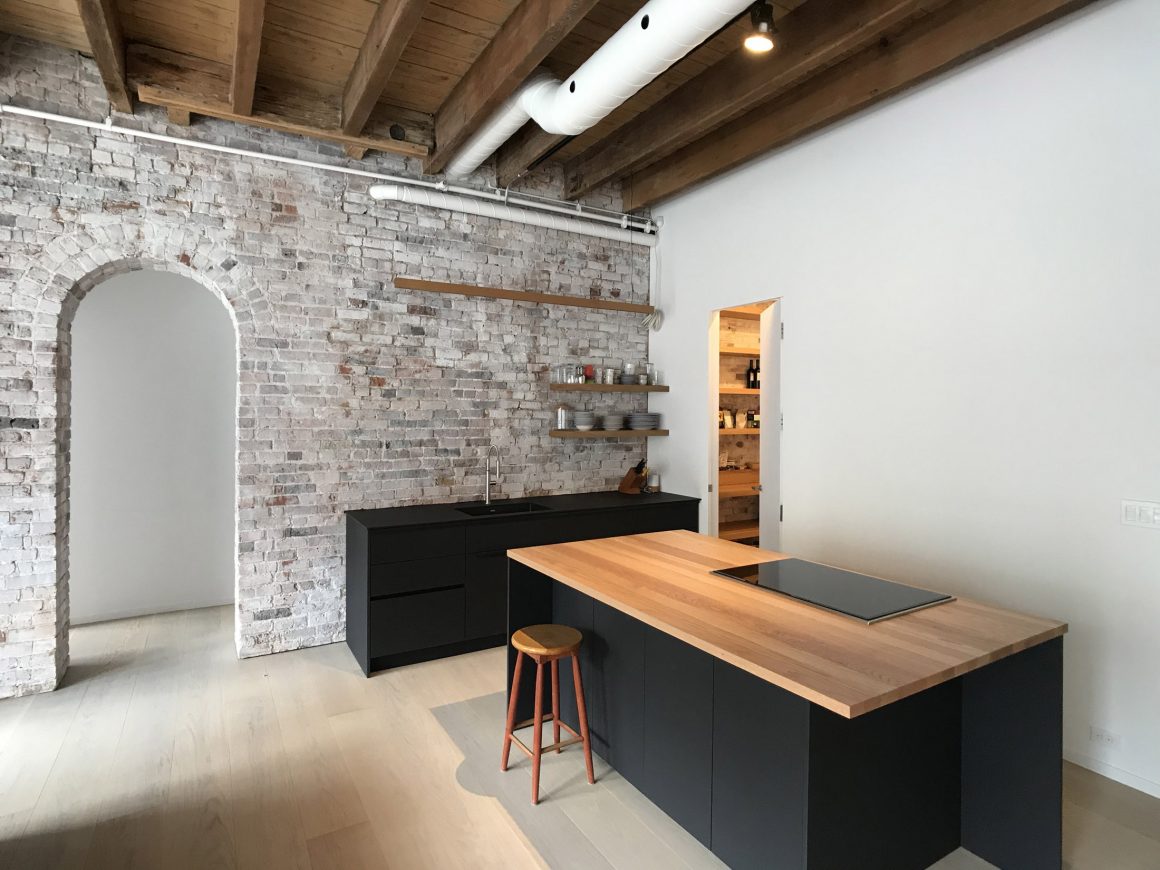
And by less, Montreal designer Louis-Philippe Pratte suggests, it has to incorporate more than eco-friendly materials. If you want to create a truly green kitchen, he says, you have to ask yourself two questions: What do you want? And then take a step back and consider the next question: What do you really need?
“When you pose the question ‘what do I really need?’ it becomes a whole different kind of exercise and opens a whole different path for design,” Pratte explains.
For example: How many dishes do you really need? Evaluating what is needed and what is not can have an overarching effect on the design and look of the space, he says.
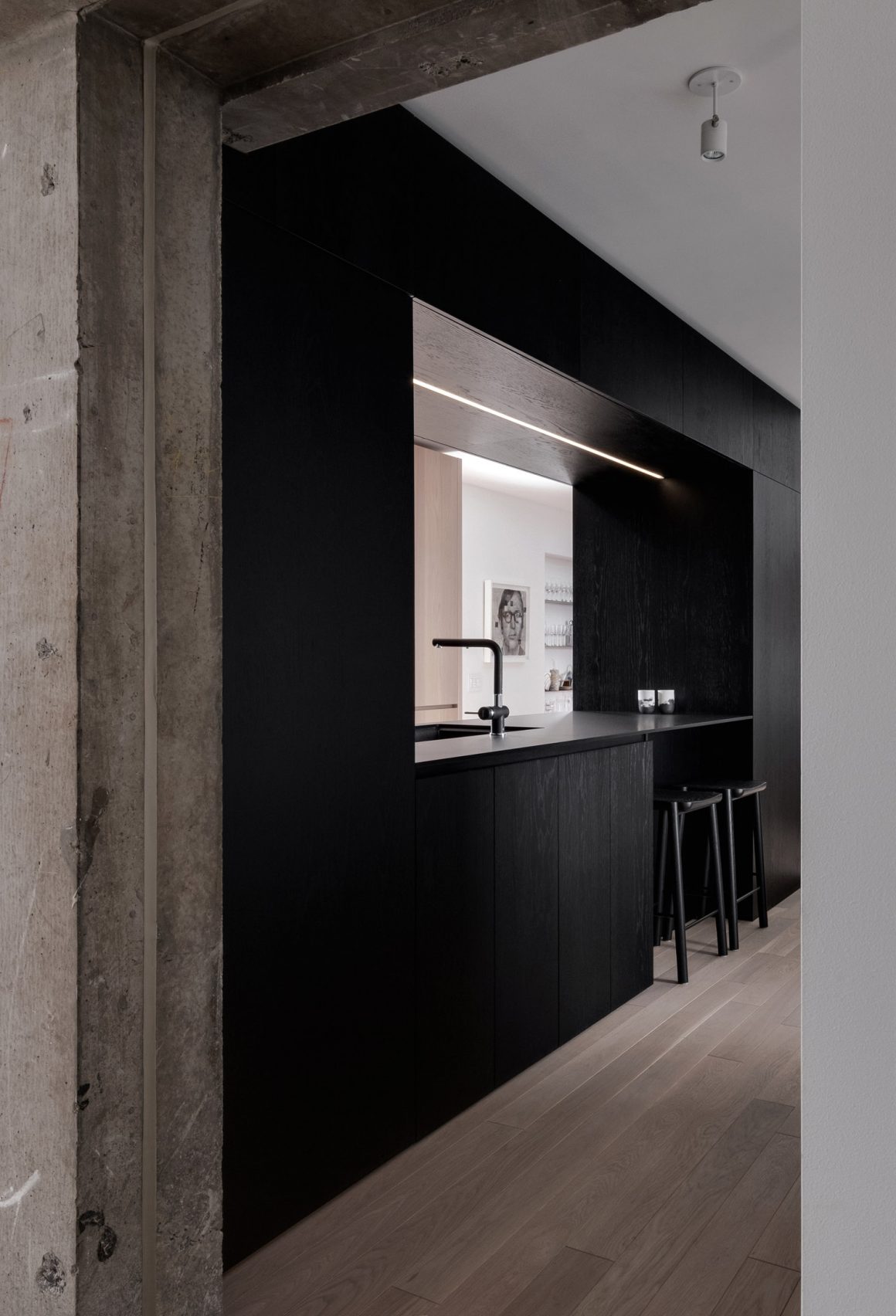
Pratte is the owner of À Hauteur d’homme, a small design studio in Montreal that specializes in kitchens and custom-made furniture, with a distinctly environmentally conscious approach.
For him, a green kitchen incorporates such natural renewable materials as wood and eco-friendly veneers that have low emissions, but it also has to accommodate a style of living that is more ecologically aware.
“We often hear ‘I need more storage,’ ” Pratte says. “We never hear the opposite. We tend to feel we need more than what we need.”
So he explores the premise that less is really needed for how we live. He admits it is an exercise that invites customers to re-examine the consumption and overconsumption that has become a hallmark of modern living. How much stuff do we really need? Consider dishes. How many are enough?
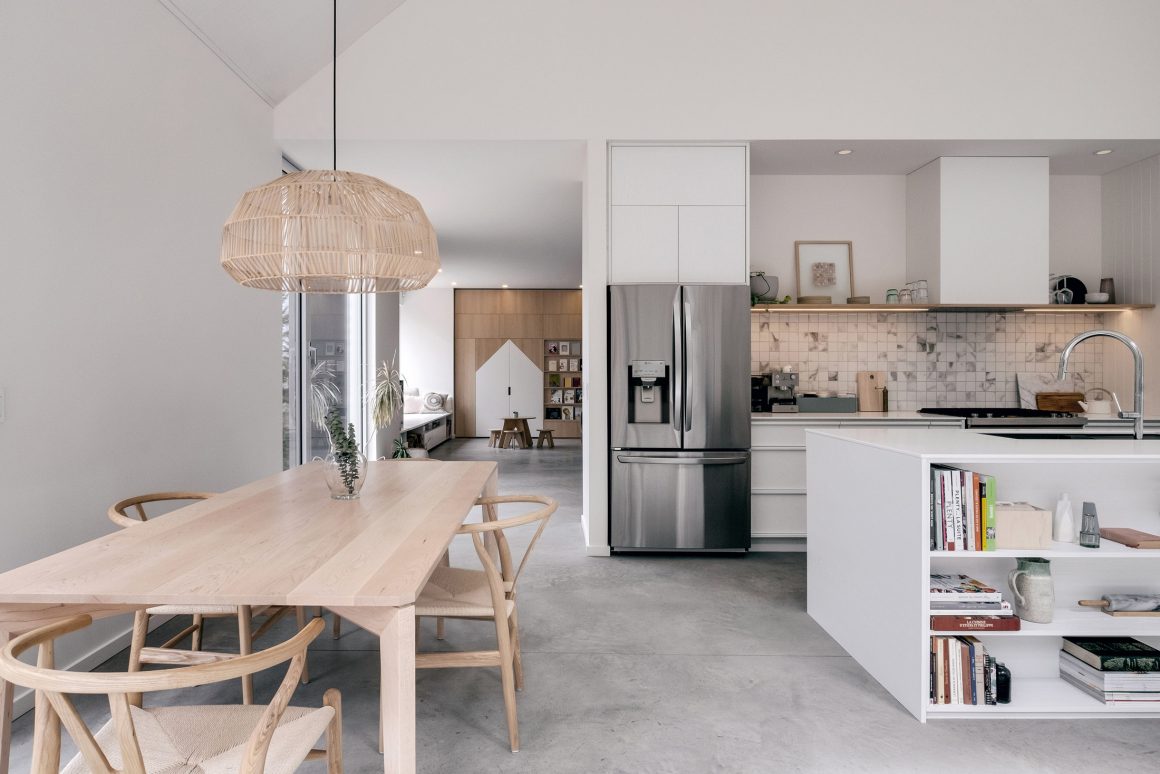
Pratte did the exercise himself. And he encourages others to consider doing it, too. Fewer dishes means fewer cabinets. “Get rid of upper cabinets,” he says. It will help you breathe better in the space, and it can have a beneficial effect on the cost of a new kitchen. “This is the next step,” he says of this approach. It’s the next phase of kitchen design that is more environmentally friendly in not only the materials it uses but how it enables a more sustainable approach to everyday living.
“We need to go further. There is a need in the market for this,” Pratte says, adding that it is not always obvious to all – almost counter-intuitive. “I realized we had to offer a method to do this,” he explains. That is why he has partnered with such companies as Allo Printemps, which helps clients embark on the evaluation of their needs before the design process even begins.
Another aspect of a green kitchen is that the design has to be durable. Because what is the point of using eco-friendly materials and reducing consumption practices if it needs to be updated and redone every few years?
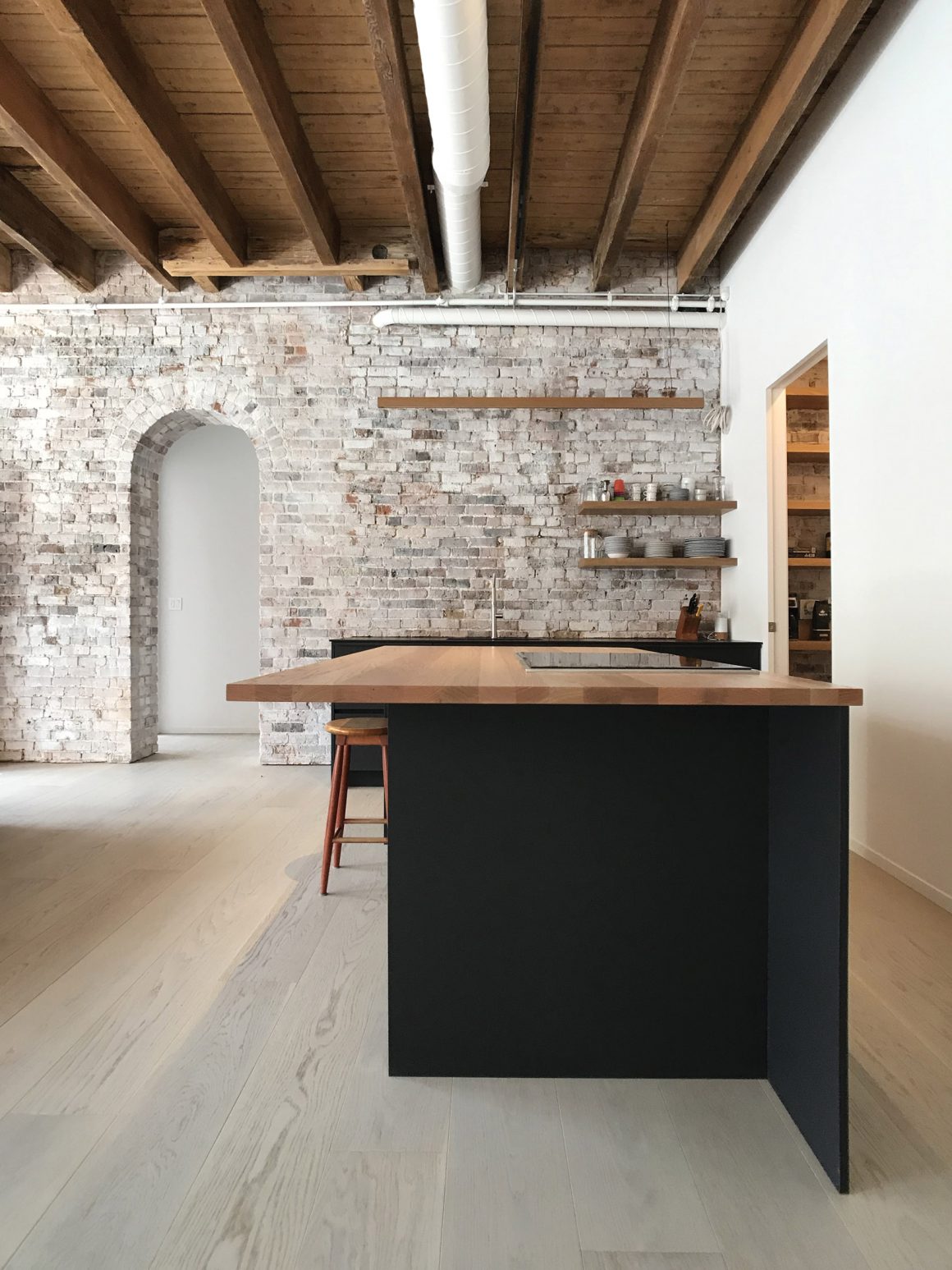
A graduate of l’Université de Montréal, Pratte has a background in industrial design. He also studied car design in Europe and worked at the European studios of Mazda. Now, focusing on furniture for the past decade, he brings a distinctive look to his work that incorporates his values of sustainability.
“We are trying to do design that will last,” he says. All the furniture his company creates comes with a lifetime warranty as part of a commitment to durability.
As for the look, it “has to be simple but not simplistic. It has to be clear. It has to be relevant, justifiable. Things have to be there for a reason,” Pratte explains, adding that he strives to find the right detail for the right function. “After a while, I realized it all comes down to durability,” he says. “I don’t like design when it tries to show off.”
A green approach aims to improve on the form and function of a kitchen, a central space that is often referred to as the heart of a home. It can perhaps be a showpiece that reflects environmental consciousness, too. •
À Hauteur d’Homme
www.hh.ca
514-419-2429

